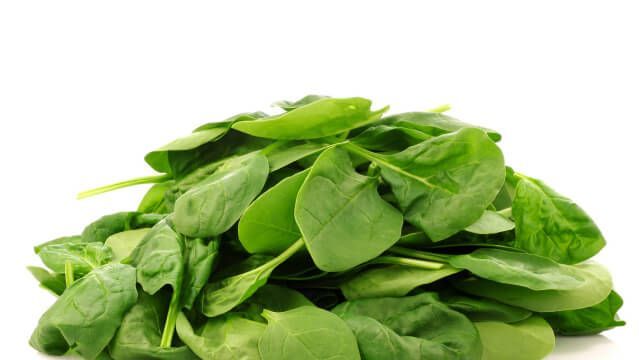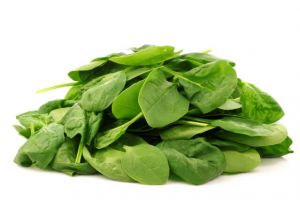
Magnesium is a crucial mineral we need to regulate our heartbeat, digestion, mood, stabilize our blood sugar, and care for our bones.
It’s also one of the quickest minerals to be depleted in the body during times of stress, which means it’s important that we consistently eat enough sources of magnesium. While you can take a magnesium supplement, it’s smarter to turn to nature first. This will do two things: ensure you’re taking in nutrition from real, whole foods and prevent you from filling up on processed foods that offer little to no nutrition.
Luckily, magnesium-rich foods are found abundantly in nature; try these six inexpensive and delicious options!
1. Spinach
Spinach is rich in many key nutrients for your health, including magnesium, protein, vitamin E, and B vitamins. Raw spinach only has about 78 milligrams of magnesium per cup, but one cup of cooked spinach contains over 760 milligrams! That’s twice the amount from kale and collards, with only Swiss chard beating spinach as the top source from leafy greens.
2. Seeds
Pumpkin, sunflower, sesame, chia, hemp, and flax are all great sources of magnesium. Seeds are also rich in anti-inflammatory fats and high in protein. Try sprinkling a couple tablespoons of seeds onto salads, add them to a green smoothie, or toss a few in with some berries and organic Greek yogurt for a high protein, magnesium-rich breakfast or snack.
3. Cocoa and cacao
Raw  nibs and cacao powder are incredibly high sources of magnesium, along with dark chocolate and even cocoa powder. While you shouldn’t rely on chocolate alone for your magnesium intake, having a small square of dark or raw chocolate, (or a couple tablespoons of cocoa), is certainly an enjoyable way to add more magnesium to your day!
nibs and cacao powder are incredibly high sources of magnesium, along with dark chocolate and even cocoa powder. While you shouldn’t rely on chocolate alone for your magnesium intake, having a small square of dark or raw chocolate, (or a couple tablespoons of cocoa), is certainly an enjoyable way to add more magnesium to your day!
4. Almonds
Almonds are high in protein, vitamin E, and the highest source of magnesium among all nuts, with cashews being a close second. Almonds contain roughly 76 milligrams per ounce (about 23 nuts), or 15 percent of your daily needs. For the best anti-inflammatory option, choose raw almonds (unroasted) or raw almond butter.
5. Bananas
Bananas are often avoided for their high sugar content, but this fruit is actually the best source of magnesium among all common fruits. Bananas are also a great source of vitamin C, potassium, fiber, vitamin B6, and manganese. A medium-sized banana contains 32 milligrams of magnesium.
6. Coffee
Your morning cup of java just got a bit more exciting — coffee is the highest source of liquid magnesium you can consume! It’s also higher than any food source — just in case you were wondering. Espresso has a higher magnesium content, but all coffee comes in around 1000 milligrams or more in just one 8-ounce cup. Do keep in mind that calcium from milk and refined sugar can interfere with magnesium absorption, so drink your coffee black and use a raw, whole-food sweetener like honey instead of sugar
—Heather McClees
Heather McClees is a professional health journalist and Certified Holistic Nutritionist from South Carolina. She received her B.S. Degree in Nutrition Science and Dietetics, and is most passionate about helping others discover the gift of of holistic health, showing others how to create healthy recipes based on their favorite foods, physical fitness and yoga, and creative writing.

